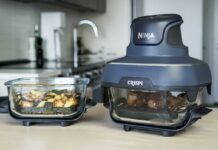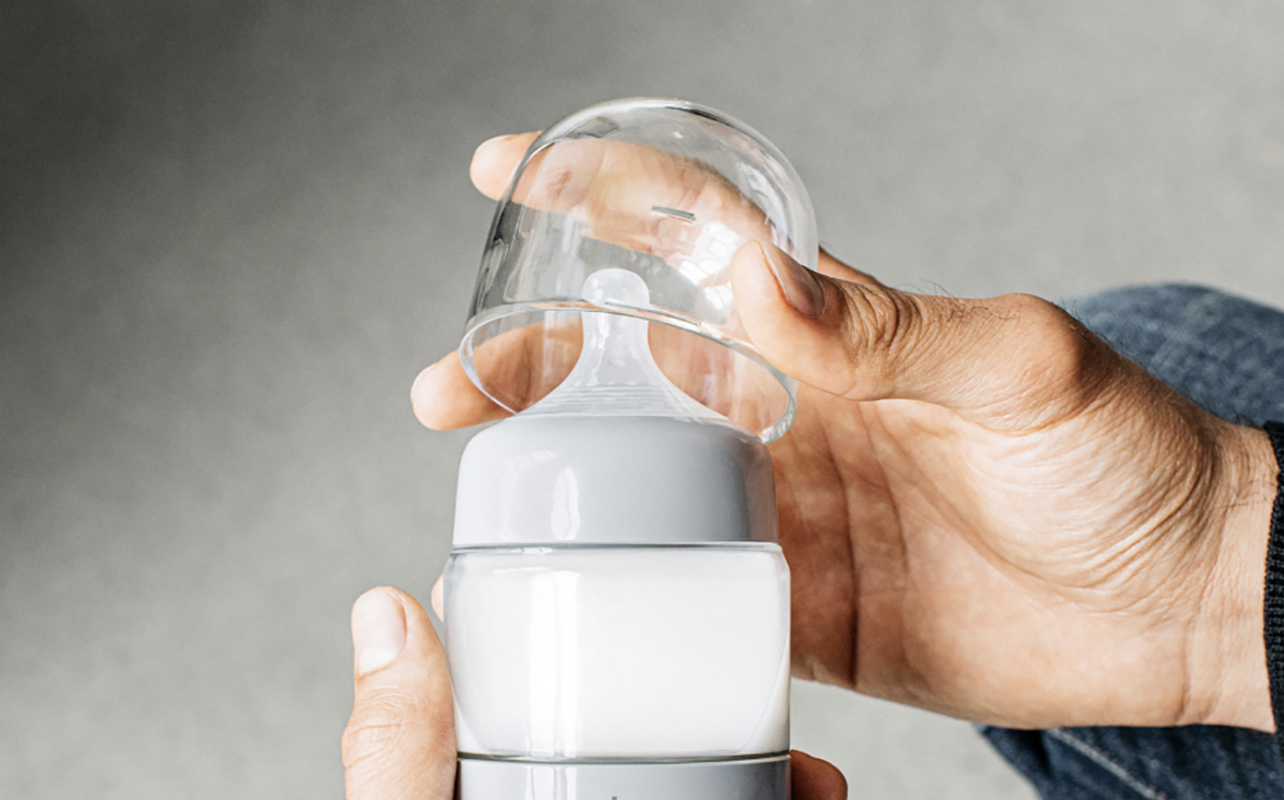
Chances are, you’ve seen “BPA Free” labels on water bottles, food containers, or even baby toys. But if you’re wondering what BPA actually is and whether it’s something you really need to worry about or not, you’re not alone.
In this guide, we’ll break down the meaning of BPA, explain where it shows up in your daily life, the risks it may pose to your health, and most importantly, how to reduce your exposure. If you’re aiming to make safer, more informed choices, especially when it comes to your home, health, or kitchen, this post is for you.
BPA is everywhere — but what is it?
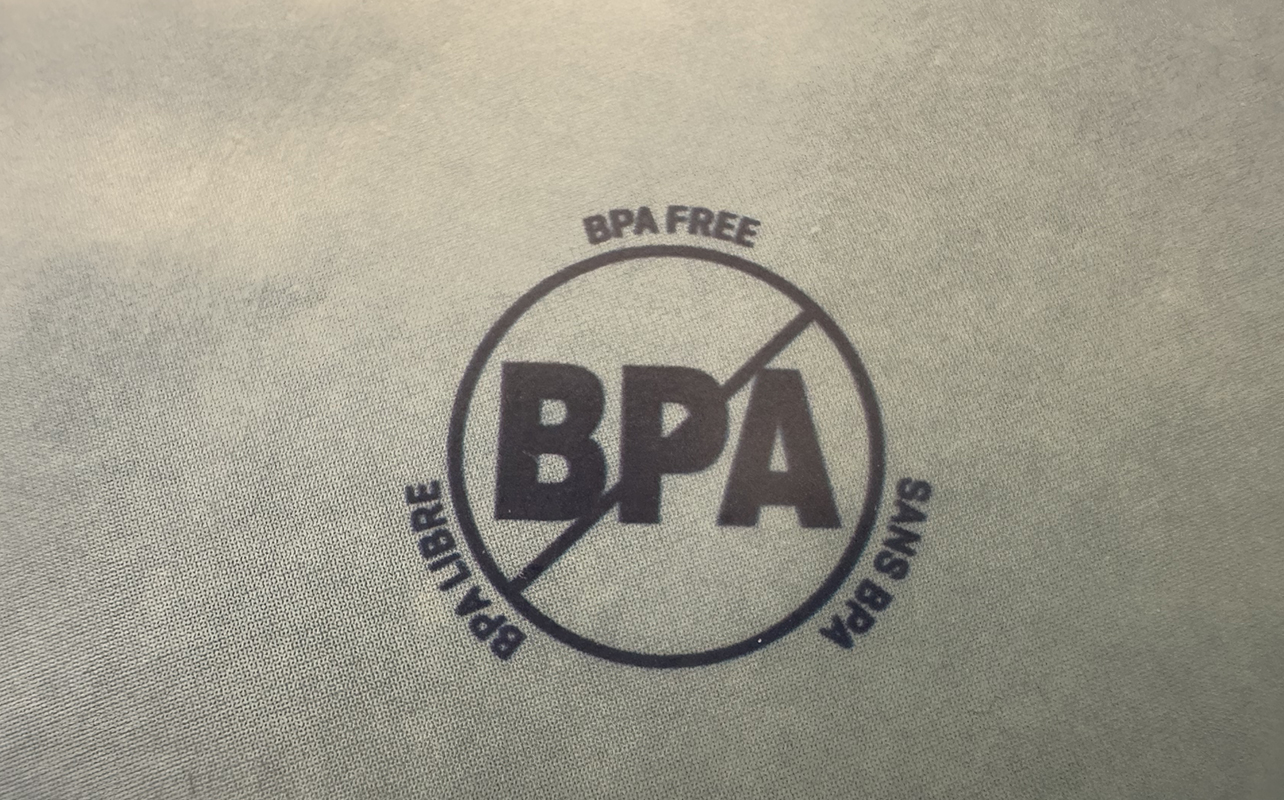
Let’s start with the basics. BPA is short for Bisphenol A, a chemical used to make certain plastics and resins. Bisphenol A is an industrial chemical first synthesized in the 1890s, but it wasn’t until the 1950s that manufacturers began using it to produce polycarbonate plastics and epoxy resins. These materials are prized for being lightweight, clear, and shatter-resistant. That’s ideal for everything from reusable drink bottles to food storage containers.
Indeed, you might find BPA in everyday items like food and beverage containers and the lining of metal canned foods, where it’s used to prevent corrosion and preserve the contents. It also shows up in some dental sealants, thermal receipt paper, and older baby products. Because BPA is so widely used, you’re likely to come into contact with it more often than you might think. That’s why concerns about its effects on health have been growing steadily over the past two decades, prompting many people to seek BPA-free alternatives.
You’ve likely used items containing BPA at some point, including:
- Clear, hard plastic containers
- Water bottles (unless marked BPA-free)
- Canned food linings
- Plastic tableware
- Kitchen appliance components (like blender jugs and coffee maker reservoirs)
For a closer look at how BPA shows up in your kitchen, check out our post: BPA in kitchen appliances: What you need to know before you buy.
Why is BPA used?
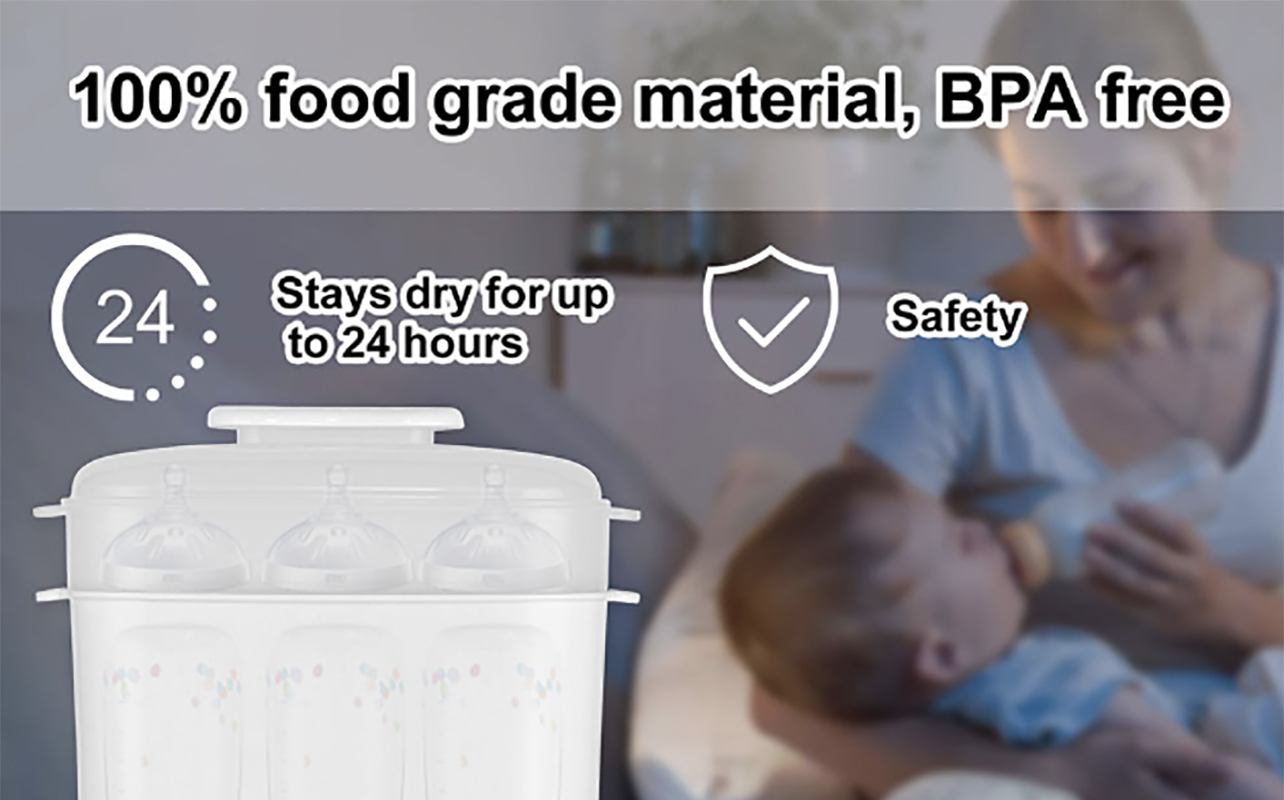
There’s a reason BPA became so popular: it works well. Manufacturers have relied on it for decades for a few key reasons:
- Durability: Polycarbonate plastic made with BPA is strong and resistant to impact.
- Heat resistance: Ideal for items that come into contact with hot food or liquids.
- Transparency: Unlike some other plastics, it’s clear, making it appealing for consumer products.
- Cost-effective: BPA-based plastics are cheap to produce and mould.
Historically, BPA revolutionized the packaging industry and made food storage safer and longer-lasting. Or at least, that was the intention. Over time, scientists started noticing that this seemingly helpful chemical might not be entirely harmless.
Health risks associated with BPA

Here’s where things get a little concerning. BPA is classified as an endocrine-disrupting chemical, meaning it can interfere with the body’s natural hormone systems. Even in low doses, BPA can mimic oestrogen, a hormone that plays a key role in many body functions for both men and women. Research has suggested links between BPA exposure and several potential health concerns, including hormonal imbalances, reproductive problems and infertility, breast and prostate cancer, behavioural issues and developmental effects in children, and metabolic disorders like obesity and diabetes.
The Canadian government was one of the first to take action, declaring BPA a toxic substance in 2010 and banning its use in baby bottles. Since then, many countries, including members of the EU, have implemented restrictions or outright bans on BPA in certain products.
Where you’re likely to find BPA

You don’t need to work in a lab to be exposed to BPA. It’s all around us. Here are some of the most common places it shows up:
Kitchen appliances
Plastic parts in blenders, slow cookers, coffee machines, and food processors may contain BPA, especially if they’re older models. If you’re shopping for safer kitchen gear, don’t miss our article: Are air fryers BPA-free? What you need to know.
Canned foods
The linings of metal cans often use BPA-based epoxy resins to prevent spoilage. Acidic foods like tomatoes are especially concerning because they can cause BPA to leach more easily.
Water bottles
Many hard, reusable plastic bottles made before 2012 may contain BPA. If you haven’t upgraded in a while, consider switching to a BPA-free water bottle made of glass, stainless steel, or certified BPA-free plastic.
Baby bottles and toys (historically)
Thankfully, BPA has been banned from baby bottles in Canada and many other countries. However, second-hand or older items may still pose a risk if they were manufactured long before the ban or purchased elsewhere.
Thermal receipts
That smooth, shiny paper used for receipts can contain BPA, which can be absorbed through the skin. It’s a good idea to avoid handling them for long periods, or wash your hands after touching them.
Dental sealants and composites
Some dental materials contain BPA or similar compounds. If you’re concerned, talk to your dentist about BPA-free options.
How to avoid BPA in your daily life
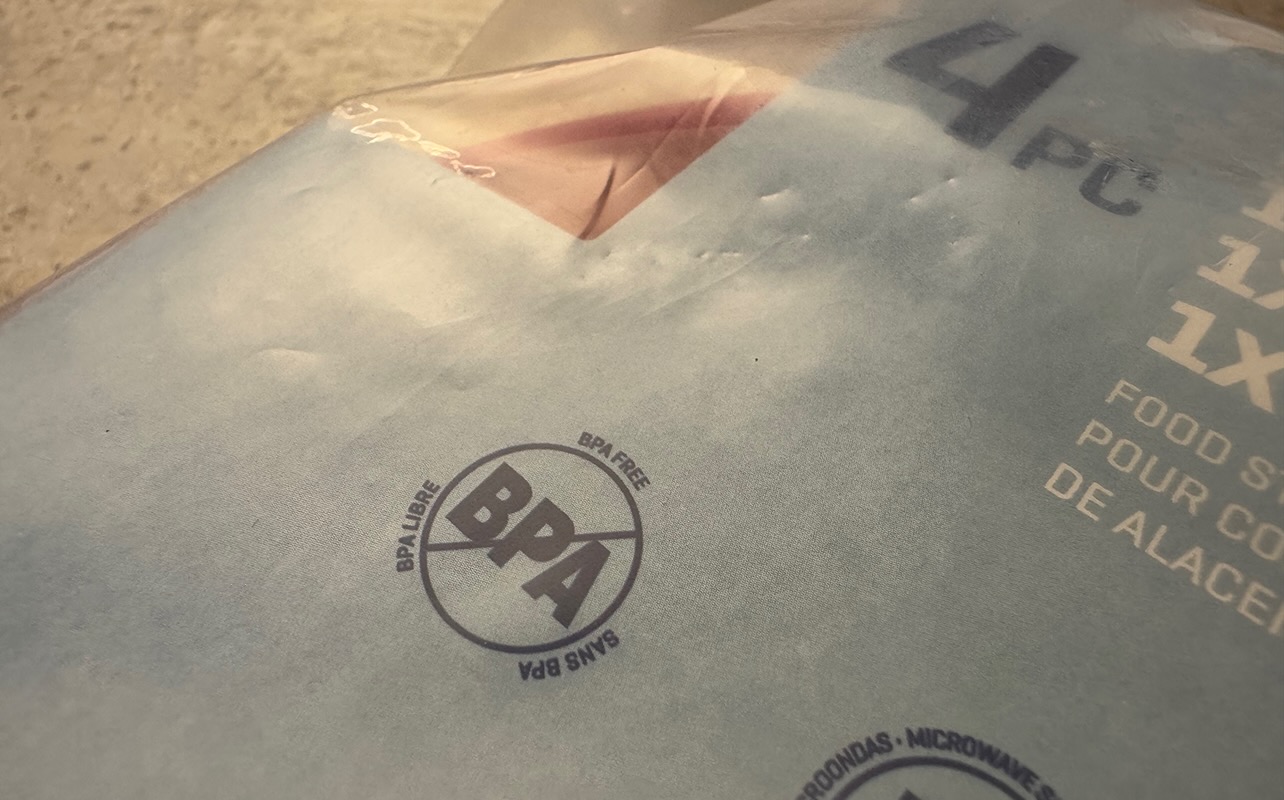
Avoiding BPA completely may not be realistic. After all, it has been used in everything from plastic containers to receipts that you probably interact with daily. But reducing your daily exposure is entirely possible with a few mindful habits.
Choose BPA-free products
Start by checking labels when shopping for food containers, water bottles, and kitchen tools. Many companies now clearly label their products as “BPA Free,” which is a good place to begin. When buying plastic items, especially anything that comes into contact with heat like food storage containers or coffee machines, look for that BPA-free certification. If the packaging or product description doesn’t mention it, it’s safer to assume it may contain BPA.
Switch to safer materials
One of the easiest ways to cut down on BPA exposure is to choose alternative materials. Glass, stainless steel, and food-grade silicone are all naturally BPA-free and don’t leach harmful chemicals, even when used with hot food or liquids. A stainless steel water bottle or a glass lunch container isn’t just safer, it’s often more durable and eco-friendly, too.
Avoid heating plastic containers
Heating food in plastic, whether in the microwave or dishwasher, can cause BPA and other chemicals to leach into your food. Even if a container is marked “microwave-safe,” that doesn’t mean it’s free of BPA. To play it safe, always transfer leftovers to a glass or ceramic dish before microwaving. Hand wash plastic containers instead of exposing them to high dishwasher temperatures.
Rethink canned foods
Canned foods are another common source of BPA since the chemical is used in the epoxy linings of many metal cans. While some manufacturers have moved toward BPA-free linings, many haven’t. Opting for fresh or frozen foods is a great way to reduce exposure. When you do buy canned goods, look for brands that clearly state they use BPA-free packaging.
Watch out for receipts
Outside the kitchen, BPA can also be found in things like paper receipts. This is a lesser-known source of exposure, but it’s one worth noting, especially if you handle receipts often. The chemical can be absorbed through your skin, so try to avoid direct contact. Where available, opt for e-mailed receipts instead. If you have paper ones, avoid handling them for too long. Tuck them away if you need to keep them and wash your hands after visiting a store.
Make small changes that add up
You don’t need to overhaul your entire home overnight. Instead, aim to replace older plastic items gradually. Prioritize BPA-free and non-plastic alternatives, and be conscious of how and where BPA might be sneaking into your routine. Over time, these simple swaps can significantly lower your BPA exposure and help support a healthier home environment.
BPA-free vs. BPS and BPF — are they safer?
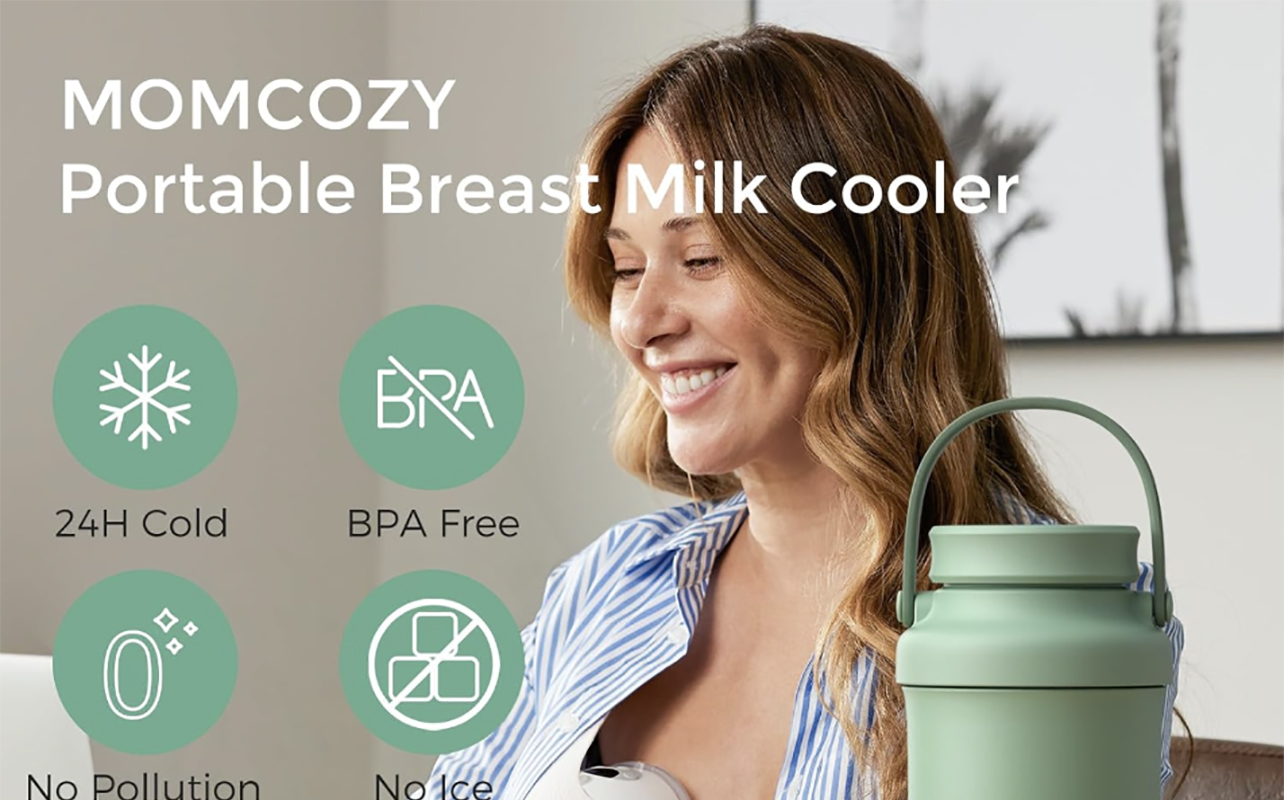
Seeing a “BPA Free” label on a product definitely feels like a win, but there’s more to the story. In many cases, when manufacturers remove BPA, they don’t stop using bisphenols altogether. Instead, they often replace it with other similar chemicals like BPS (Bisphenol S) or BPF (Bisphenol F). At first glance, that might sound fine. After all, they’re technically BPA-free. But let’s take a closer look at what these substitutes actually are.
What are BPS and BPF?
BPS (Bisphenol S) and BPF (Bisphenol F) are part of the same chemical family as BPA. They were introduced as alternatives because they share many of BPA’s helpful qualities, like being strong, clear, and heat-resistant. So, they’re useful for the same kinds of plastic products, including food packaging, water bottles, and even receipt paper. But the key difference is simply in their chemical structure. While they don’t have the exact same molecular arrangement as BPA, they’re very similar, and that’s where the concern comes in.
Are BPS and BPF safer than BPA?
Short answer? Not necessarily. Even though BPS and BPF are often marketed as safer options, emerging research suggests they may have similar effects on the human body. Like BPA, both BPS and BPF can interfere with the endocrine system, which is responsible for regulating hormones like estrogen and testosterone.
Preliminary studies show that BPS and BPF can mimic hormone activity, just like BPA, potentially disrupt reproductive development, affect metabolism and brain development, and stick around in the body and the environment.
Comparing BPA, BPS, and BPF
Here’s a quick table to help you see how they stack up:
| Chemical | Used in | Known concerns | Regulation status |
|---|---|---|---|
| BPA | Plastics, epoxy linings, receipts | Endocrine disruption, fertility, cancer risk | Restricted/banned in baby items in many countries |
| BPS | “BPA-free” plastics, thermal paper | Similar hormonal activity to BPA | Under investigation |
| BPF | Epoxy resins, plastics | Less studied, but may mimic BPA | Limited data, not yet regulated |
Beyond BPA-free: Choosing safer, non-plastic alternatives
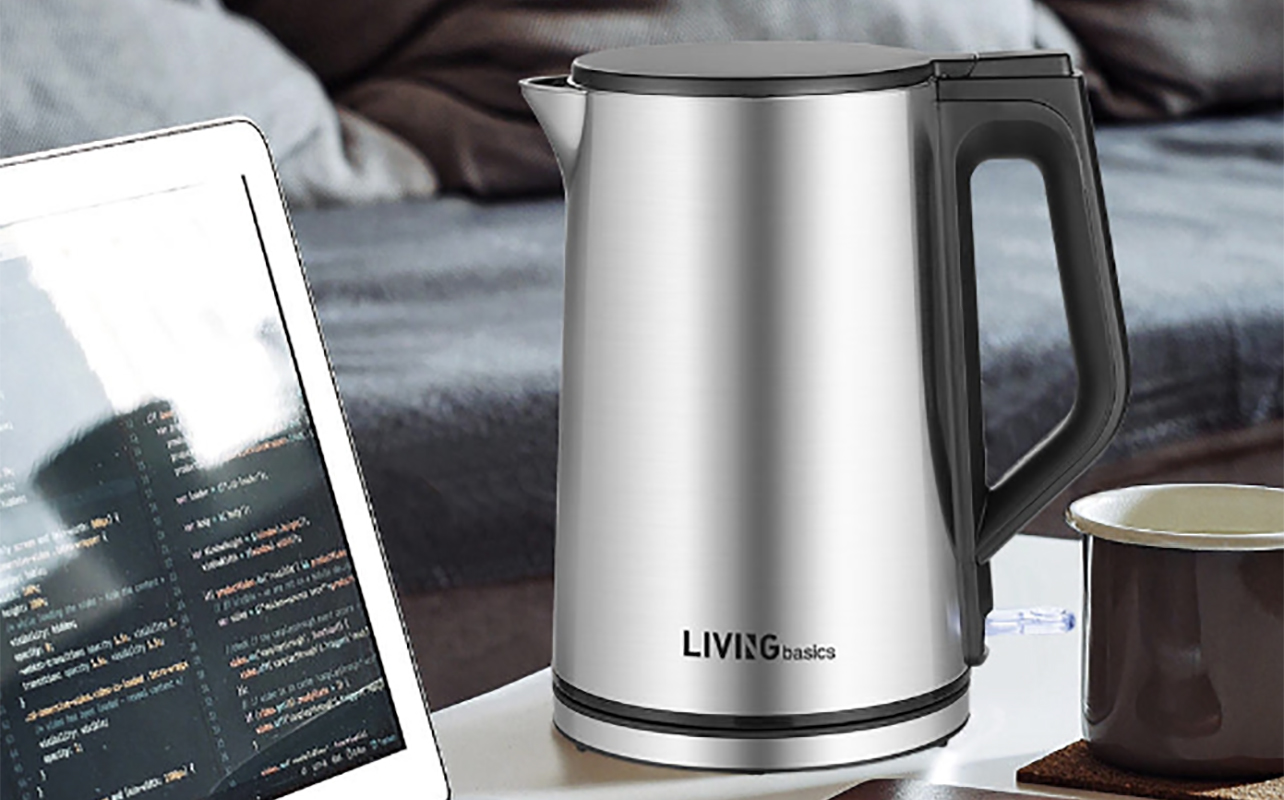
So, what does this mean for you? When possible, go beyond BPA-free and choose products made from non-plastic alternatives like glass or ceramic containers, stainless steel drinkware and cookware, and natural silicone (for baby items and bakeware).
Final thoughts: knowledge is power
Now that you understand what BPA is and where it’s hiding, you’re better equipped to make healthier, more informed decisions. While we can’t eliminate BPA exposure completely, we can certainly reduce it, especially when it comes to what we eat and drink. Whether you’re upgrading your BPA free water bottle, swapping out old containers, or being more selective with canned foods, every small step helps.
This article was drafted using AI technology and then reviewed, fact-checked, and revised by a member of our editorial team.




